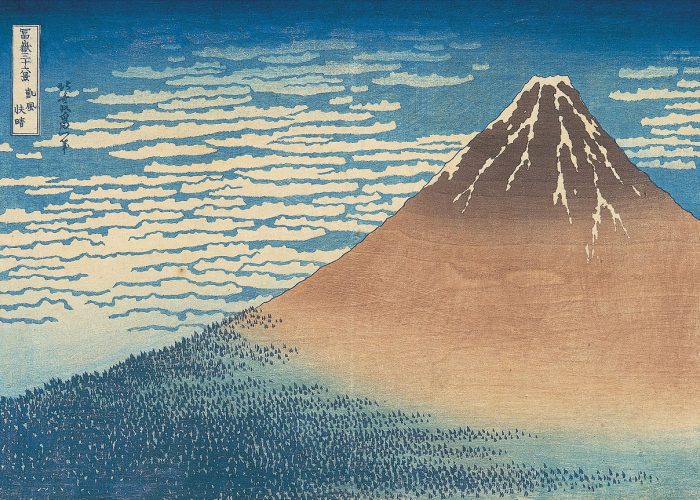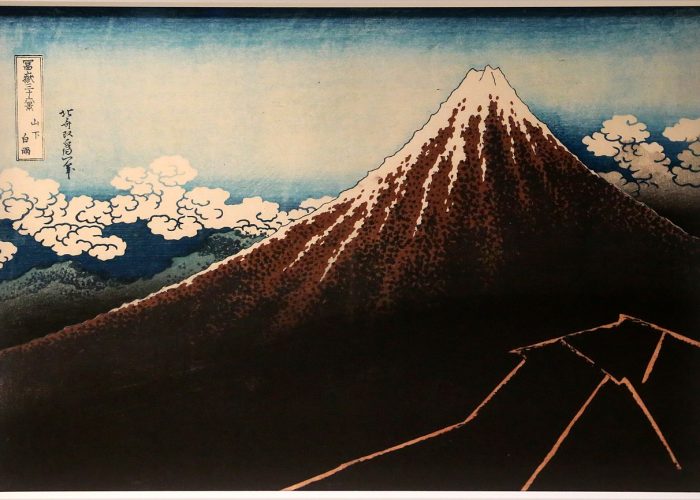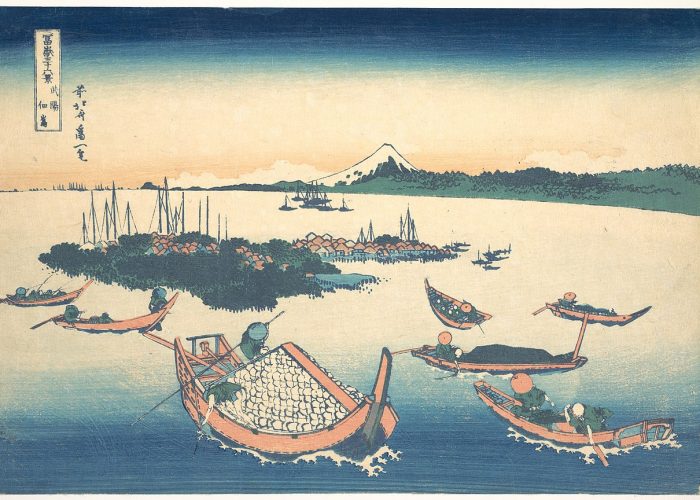Guest Post by Takuma Goto
In a previous blog, I discussed our University Libraries’ ongoing Japanese maps project. Today, I’d like to share another interesting map I’ve encountered: a World War II U.S. Army Air Forces’ (AAF) “target chart” of Tokyo, Japan.
Historical Background
Soon after the attack on Pearl Harbor on December 8, 1941, the United States quickly mobilized for the Pacific War. The following April, the AAF’s aerial campaigns against Imperial Japan began with the Doolittle Raid on the Tokyo Metropolitan Area. This small-scale air raid would become the first of hundreds of Allied bombings throughout World War II until Japan’s surrender in August 1945.

AAF Target Chart Japan. Washington, D.C.: Army Map Service, 1942.





